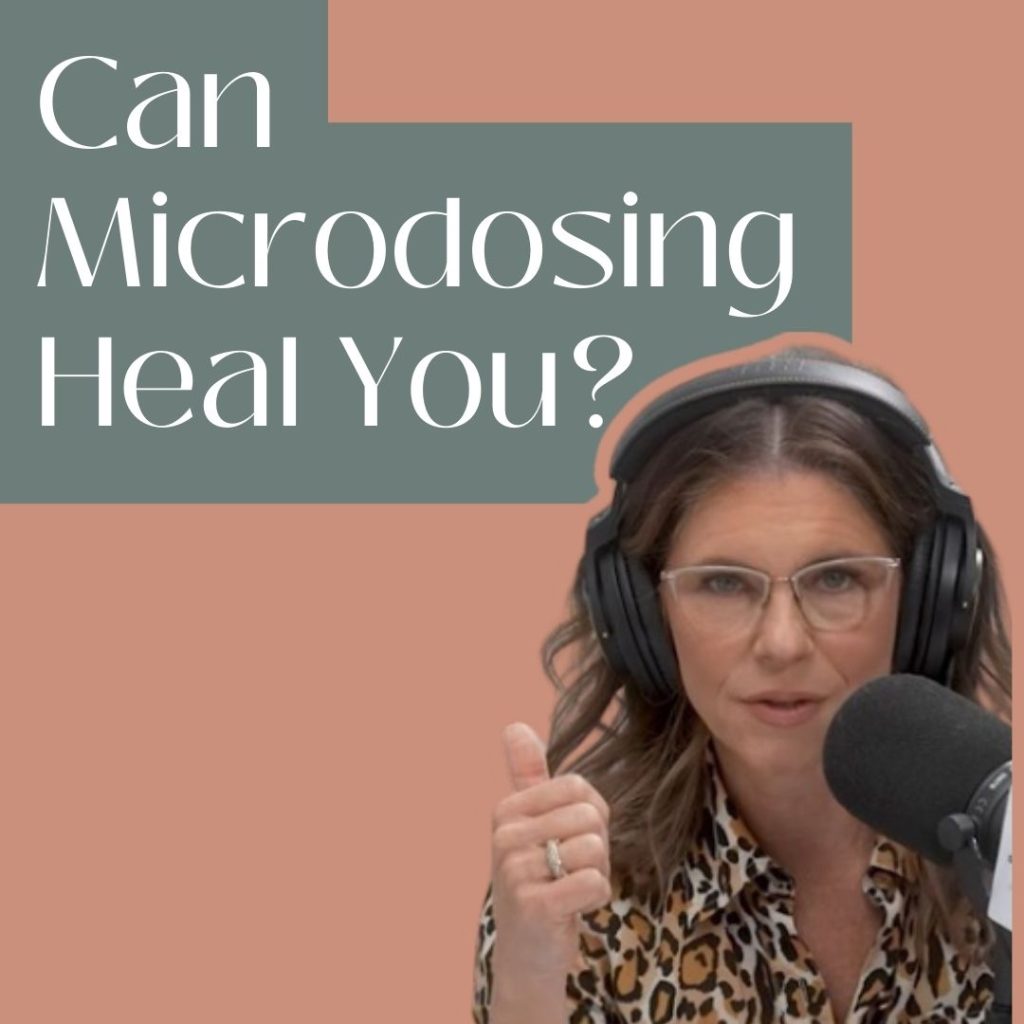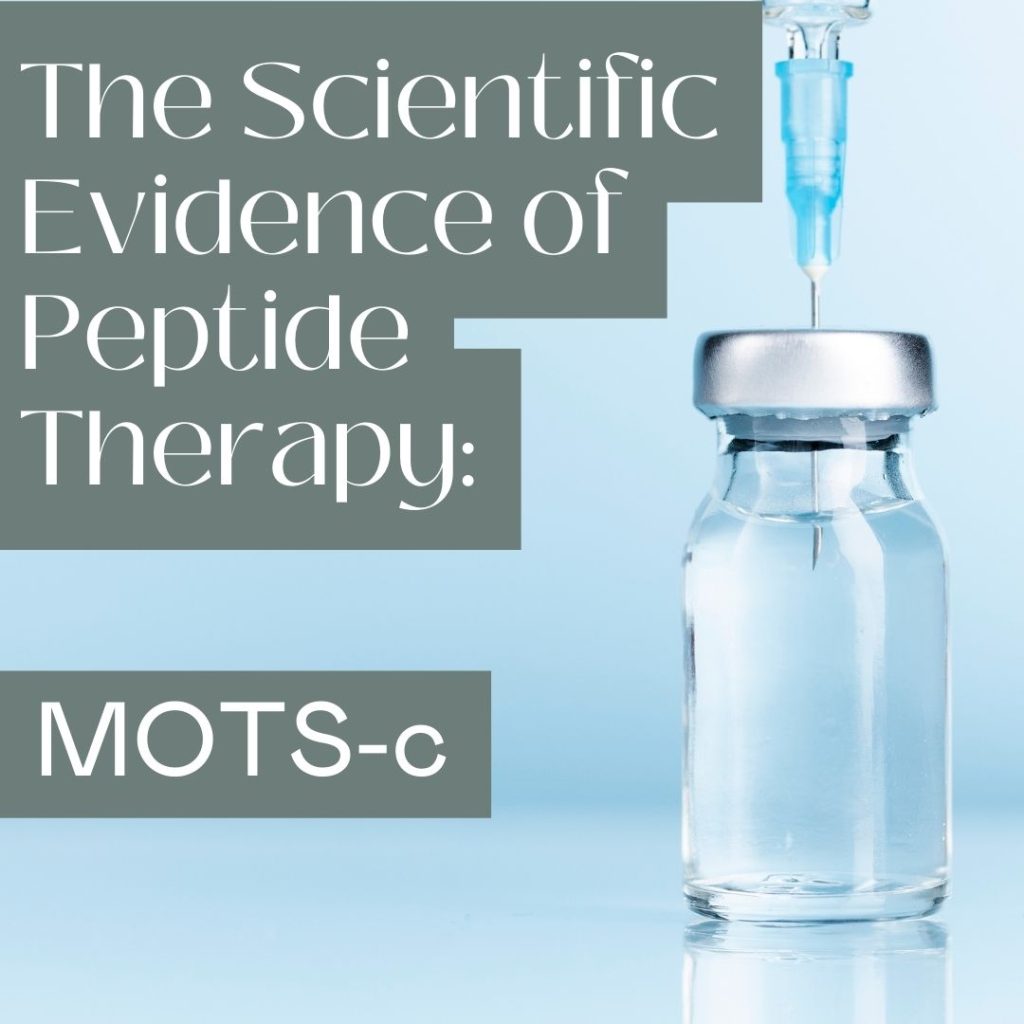Uncategorized
Microplastics as Bioaccumulation Without Borders(Part 1): Emerging Science, Who Is Most at Risk,and Health Consequences
In recent years, microplastics have evolved from an environmental concern to a direct human health issue, with mounting evidence suggesting systemic exposure and biological harm. A recent publication on microplastics sparked concerns when researchers found widespread microplastic contamination across a range of commercially sold beverages in France, including bottled water (even in glass containers), soft…
Read MorePerimenopause as Initiation: From “Make Baby” to “Make Wisdom”
If you believe in cultural conditioning, you may think of major hormonal transitions in a woman’s life – perimenopause and menopause – as an inconvenience to get through, burdensome, a problem to solve. You might be in the thick of perimenopause and wonder why you sometimes feel moody, bitchy, overwhelmed, irritable, fatigued, anxious, or one…
Read MoreMicrodosing Psychedelics: Placebo, Performance Enhancer, or Precision Tool?
Introduction: Why Microdosing Is Worth Your Time The idea of taking a psychedelic every three days might sound like something out of a Silicon Valley self-help blog or a mom meme from Boulder. But beneath the cultural buzz lies a serious scientific and clinical question: Can microdosing psychedelics be a precision intervention for mental health, creativity,…
Read MoreThe Scientific Evidence of Peptide Therapy: MOTS-c
MOTS-c is a 16-amino acid peptide encoded by a mitochondrial gene, playing a role in regulating metabolism and promoting physical performance. It’s considered an “exercise-mimetic” because it can improve glucose uptake in skeletal muscle and enhance insulin sensitivity without requiring insulin. While research suggests potential benefits for metabolic health and physical performance, it’s not yet widely used clinically…
Read MoreEnvironmental Pollutants as Toxic Signals (Part 2): Decoding the Damage and Defending Your Brain Health, Nervous System, and Well-Being
Environmental pollutants aren’t just passive bystanders in our bodies—they’re active, meddling saboteurs. These toxins, whether they hitch a ride through the air we breathe, the water we sip, or the plastics in our pantry, act as biological signals that interfere with our brain health, nervous system, and overall well-being. Mounting evidence shows that environmental pollutants,…
Read MoreWomen and Autoimmune Disease: Why Are Our Rates Higher?
Approximately 24 to 50 million people in the U.S. currently have an autoimmune disease, which means their immune system is attacking their own healthy tissues and cannot correctly distinguish self from non-self. As a result of autoimmune attack, there is damage and dysfunction in the affected tissues. Women are disproportionately affected by autoimmune disease. Why…
Read MoreTake Charge of Your Metabolic Health (And Stop Outsourcing to Your Doctor)
There are many reasons why you should care about your metabolic health. This applies to both men and women, however women are more vulnerable than men with regard to metabolic health. There is a misconception that men are more at risk from cardio-metabolic related diseases such as heart disease and stroke, and it’s just not…
Read MoreBrain/Body Prebiotic Porridge
This porridge is what I eat when I want something warm and comforting in the morning—or the occasional dinner! It is packed with fiber, which plays an important part in gut health and healthy hormonal balance. Fiber also features in my Brain Body Diet detoxification protocols. Ingredients: 1 cup warm unsweetened almond or cashew milk…
Read MoreHot Flashes and Night Sweats: New Data That You Need to Know
The most classic symptoms of low estrogen are hot flashes and night sweats, collectively known as vasomotor symptoms. Vasomotor symptoms are an extreme thermoregulatory response associated with profuse sweating, flushing, and increased heart rate. Vasomotor symptoms can last for seconds to minutes, and frequency varies throughout the day and night.
Read MoreCreamy Greens Soup: A Great Source of Calcium
The dairy industry would have us believe that milk is an indispensable source of calcium in our diet as calcium is necessary for healthy bones. What the milk advertisements don’t tell us is that there are many other sources of calcium besides dairy products, and that the mineral is only one of the building blocks…
Read More



